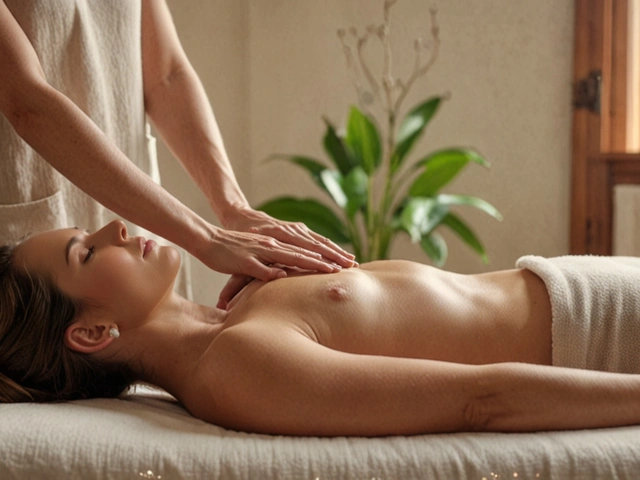Healing Process: Practical Steps to Recover Faster for Dogs and People
Healing isn’t a mystery — it’s a set of actions you can take every day. Whether you’re helping a dog rebound after surgery or recovering from a sports injury yourself, small, predictable steps speed progress and cut setbacks. This page pulls the most useful, science-friendly ideas together so you can act right away.
Start with the basics
First things first: rest and sleep matter. Tissues rebuild during sleep, so protect downtime. For dogs, keep activity calm and controlled after surgery or injury — short leash walks and lots of quiet time. For people, avoid aggressive exercise early on; gentle movement that won’t flare pain is better than total immobility.
Next, feed the process. Nutrition fuels repair: protein for rebuilding tissue, omega-3s to lower inflammation, and enough calories to support recovery. If you care for a dog, pick a balanced diet your vet recommends and consider a vet-guided omega-3 supplement. For yourself, prioritize whole foods, lean protein, and anti-inflammatory choices like fatty fish, berries, and leafy greens.
Hands-on work and simple tech
Massage speeds healing by improving circulation, easing tight muscles, and cutting pain. For dogs, basic canine massage after your vet clears it can reduce stiffness and help scar tissue settle. For humans, targeted approaches like sports massage, neuromuscular therapy, and myofascial release help stubborn knots and speed return to function. Start short — five to ten minutes — and watch how tissues respond.
Biofeedback and breath work are low-risk tools that help control pain and stress. Simple breathing exercises, guided relaxation, or a basic HRV biofeedback app can calm the nervous system and reduce pain perception. Mindfulness—short daily sessions—keeps anxiety from blocking recovery and helps you notice real progress instead of waiting for perfect healing.
Move smart. Gradual loading rebuilds strength and mobility without re-injury. For dogs, follow a rehab plan from a vet or certified canine rehab therapist: slow increases in walk length, controlled turns, and light play. For people, progress from range-of-motion drills to strength work, using pain as a guide (some soreness is okay; sharp pain is a stop sign).
Use targeted therapies when needed. If pain is stubborn, therapies like acupuncture, polarity therapy, or creative arts techniques (for emotional stress tied to pain) can help. Massage styles like Ayurvedic or sports massage have different strengths — choose what fits the goal: relaxation, circulation, or triggering tissue change.
Track progress and know when to get help. Keep a short log: pain level, sleep, appetite, mobility. If gains stall for more than a couple weeks or new symptoms appear, see a vet or clinician. Recovery is rarely linear; small setbacks are normal, but repeated declines need a pro’s eye.
Want targeted how-tos? Our posts cover sports and canine massage, biofeedback for stress and heart health, nutrition tips like omega-3s, and relaxation tools to support healing. Pick one small change today — a 10-minute gentle massage, a better protein-rich meal, or five minutes of focused breathing — and build from there.

Understanding the Role of Biofeedback in Physical Therapy
In this article, we dive deep into the world of biofeedback and its vital role in physical therapy. We'll explore how this therapeutic technique both increases awareness of our body processes and assists in healing. I aim to give you a clearer picture of its functions and benefits, framing complex medical jargon in a simple, easily digestible way. Join me as we uncover this intriguing facet of the physical therapy realm.

Discovering Hakali: A Traveler's Hidden Gem
Feb, 28 2025



